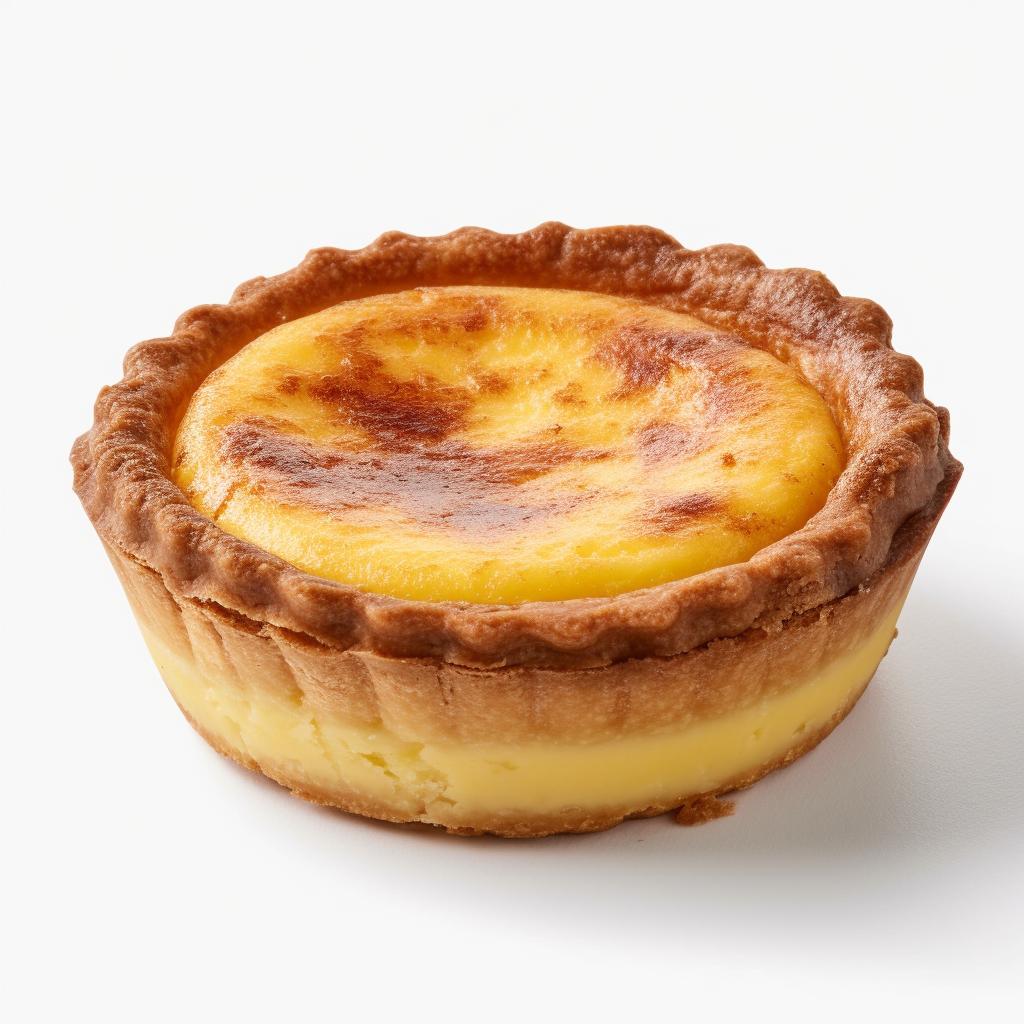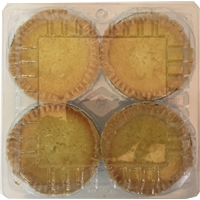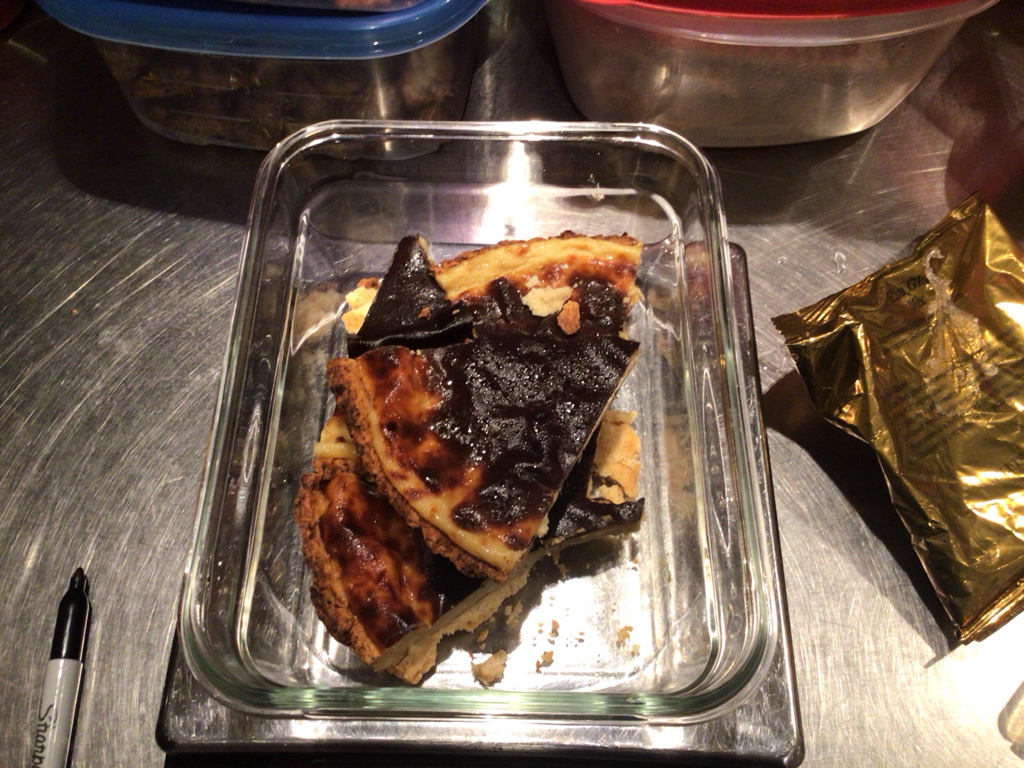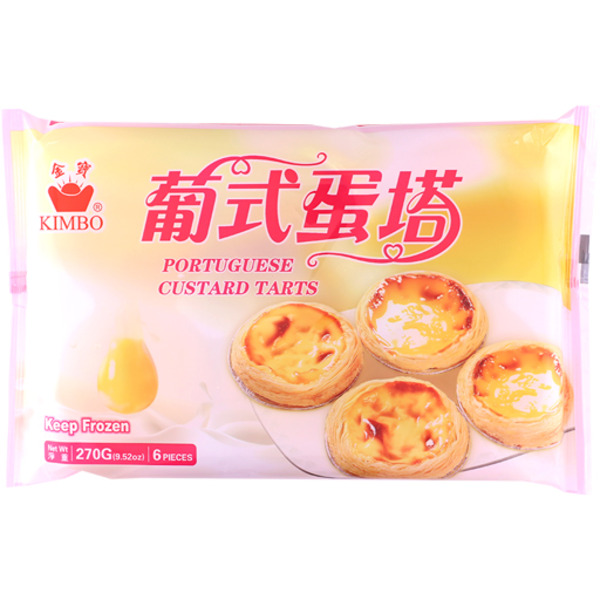Custard Tart
A custard tart is a traditional dessert featuring a creamy, egg-enriched custard filling nestled in a crumbly shortcrust pastry shell. Coming in a variety of forms, from the delicate French flan to the sprinkle-topped English custard tart, this dessert can be found in cuisine across the globe. It's delightfully sweet and often complemented with a dusting of nutmeg or cinnamon, or even a spoonful of fresh fruits.
Making a perfect custard tart requires careful baking to avoid curdling the custard or over-browning the crust. Whether served warm or cold, a well-made custard tart offers a divine combination of texture and flavor, with the creamy custard providing a beautiful contrast to the crispiness of the buttery pastry crust. It's a treat ideal for a special dessert or a simple accompaniment to afternoon tea.
69%
CARBS
24%
FAT
6%
PROTEIN
11 Custard Tart Products
Custard Tart FAQ
A custard tart is a sweet dessert that, though simple in its assembly, can be quite challenging to nail. The key to a good custard tart is getting that creamy, smooth and delicate filling while ensuring the pastry case remains flaky and crispy - these are often the points where people go wrong. Overcooking can lead to a 'rubbery' custard or a burned pastry crust.
Another common issue is the dreaded 'soggy bottom', where the pastry crust becomes wet due to the moisture of the custard. It is crucial to bake the pastry crust first (a process known as blind baking) before adding the custard to prevent this problem.
Flavor is also significant - finding the right balance between the egginess of the custard and its sweetness can be tricky, but essential for getting the full gourmet experience of this dessert.
One little known tip, adding a hint of nutmeg can elevate the taste of the custard. And, if you're feeling fancy, topping the tart with fresh fruits or berries can add a fresh twist to this classic dessert.
Why is my custard curdling?
How can I prevent a soggy bottom?
Why is my pastry crust too hard?
Why does my custard taste eggy?
My tart has shrunk, what happened?
What is blind baking?
How thick should my custard tart filling be?
Why does my custard tart have bubbles on the surface?
Can I use a different kind of sweetener for my tart?
My custard isn't setting, what can I do?
Health Info
Macros
24g
CARBS
8g
FAT
2g
PROTEIN
Allowed on these diets
LOW FAT
HIGH CALCIUM
VEGETARIAN
Contains these allergens
MILK
EGGS
WHEAT









